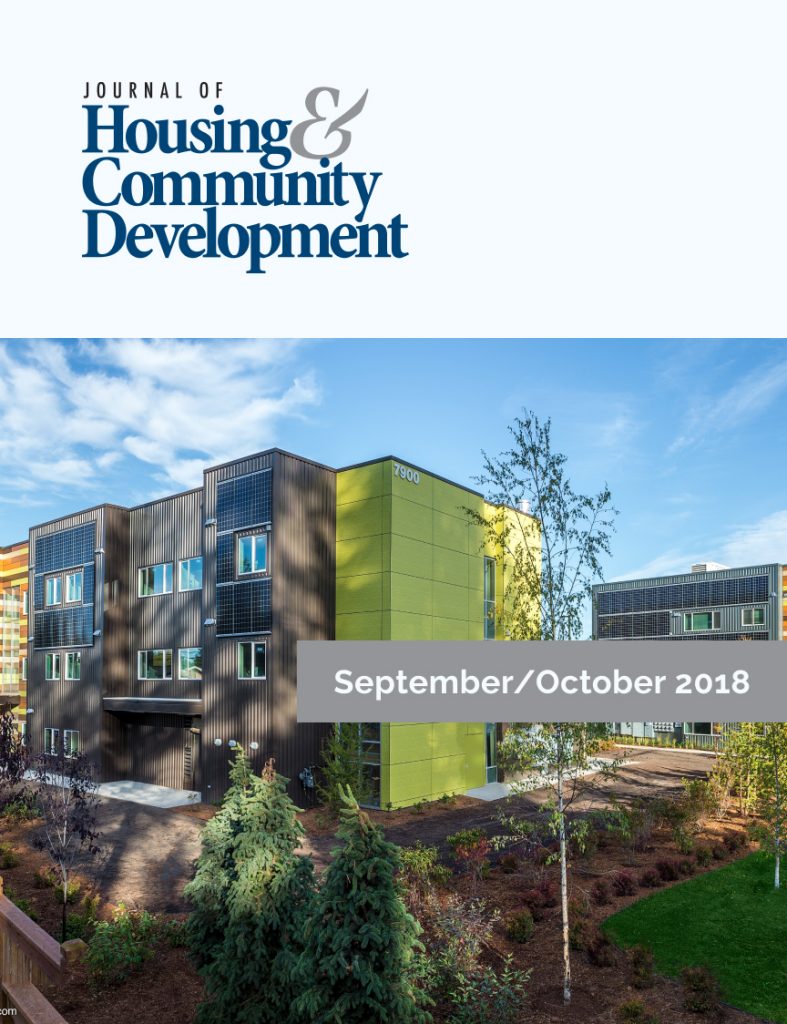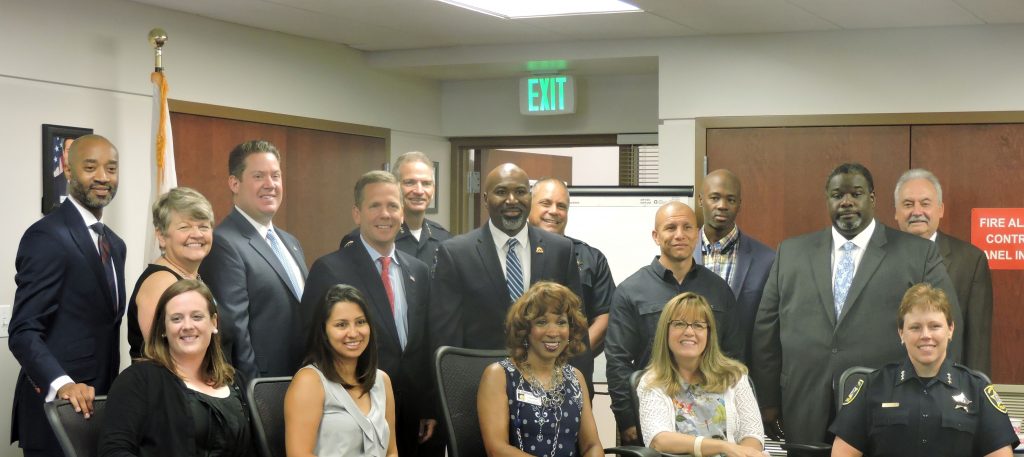Award Winner: The Growing Experience
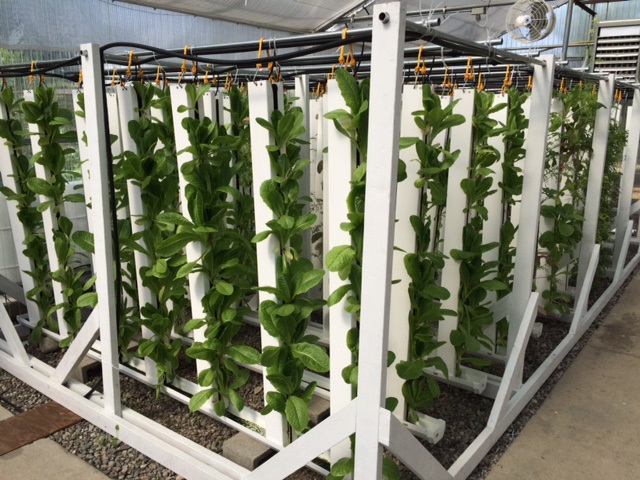
The Housing Authority of the County of Los Angeles (Calif.) developed an innovative community garden to provide access to affordable and fresh food as well as skills training and job opportunities. Nominated from among the NAHRO Award of Merit winners each year, the Awards of Excellence winners are chosen by national juries and honored at the annual National Conference and Exhibition in October. They represent the very best in innovative programs in assisted housing and community development. This agency received an award in the Community Revitalization category, which includes programs that have a positive economic impact on a neighborhood or city, i.e. balanced growth, economic development, job creation; creative financing, public/private partnerships, mixed-use developments or neighborhood preservation.
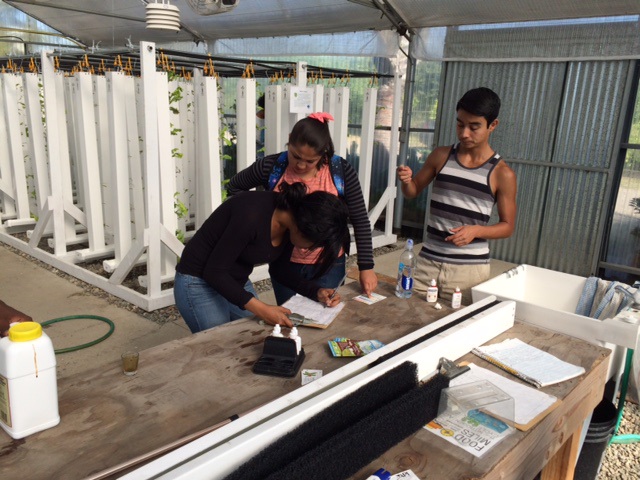
The Carmelitos Public Housing Development (Carmelitos) has over 700 households, including youth/young adults, seniors, and disabled individuals — the majority of whom are low-income and underserved. Carmelitos residents face challenges such as lack of access major grocery stores with affordable healthy food options, rendering the community a “food desert”; limited access for youth and young adults to skills training and meaningful employment opportunities; lack of knowledge about environmental education in a community facing drought. Located on seven acres of formerly vacant and blighted land within Carmelitos, The Growing Experience Environmental Resource (TGE-ERC) was developed by The Housing Authority of the County of Los Angeles (HACoLA) to provide access to fresh, healthy produce, especially for seniors and disabled residents with limited mobility; skills training and development in new urban agricultural technologies; and programs that inform residents to make environmentally conscious decisions. The TGE-ERC program is a timely solution to advance and promote social and environmental sustainability in unique ways that benefit and engage the community.
Community gardens abound in housing communities throughout the country are often under-utilized by residents. HACoLA is the only known housing authority with a community garden located within a public housing community that is as large and comprehensive as the TGE-ERC. It combines the latest urban agriculture technology and high volume crop production with community outreach and interaction to engage residents.
TGE-ERC staff, with expertise in landscape architecture, food production, community outreach, and training, collaborated with resident groups to develop the components of the environmental resource center that would best serve their community.
TGE-ERC features four main initiatives at Carmelitos:
1) Aquaponics and Vertical Growing Towers System capable of high-volume production of leafy greens
2) Community Food Forest featuring drought-tolerant edible plants
3) Food Waste Composting Program to divert garbage from landfills
4) Renewable Solar Energy System offsetting the site’s electrical usage
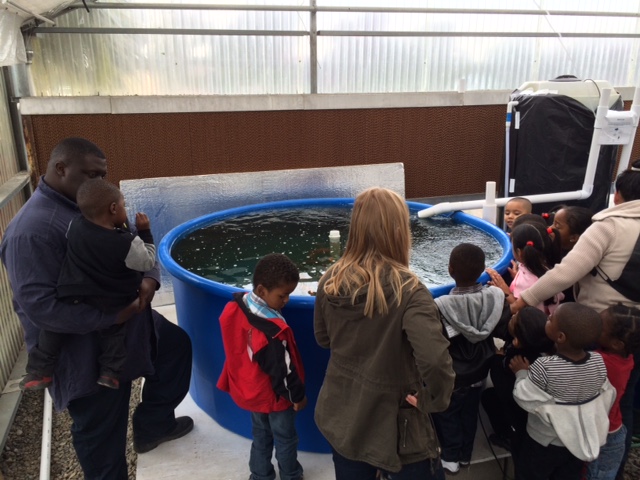
Through funding from the Los Angeles County Productivity Investment Fund, TGE-ERC developed The Aquaponics and Vertical Towers Growing System to provide access to healthy and affordable food options to the Carmelitos residents. The system consists of 175 vertical growing towers, inter-connected with two 650 gallon tanks populated with edible fish. As water circulates between the fish tanks and growing towers, crops take up nutrients from fish waste and plants oxygenate the water. By maximizing vertical space, the growing capacity and harvests of leafy greens have increased four-fold from 2,200 pounds to 8,750 pounds.
TGE-ERC implemented a half-acre demonstration Community Food Forest that is open to the public and features native and drought-tolerant species of plants which are edible or medicinal. Signage and info-graphics educate and engage visitors to recognize the importance and aesthetics of drought-tolerant landscaping. The food forest trails allow access to safe, open green space, which is generally lacking in the community. Harvests from the food forest are shared within the community and at public open houses. TGE-ERC staff also formed partnerships with various City of Long Beach departments, including the Health Department’s “Healthy Active Long Beach Program” to provide nutrition education and cooking demos for residents, and the Office of Sustainability to design and implement the Food Waste Composting Program.
Residents have little knowledge of water conservation. As a result, behaviors relating to water and energy consumption remain unchanged during times of drought in California. However, HACoLA’s Resident Initiatives staff work together with TGE-ERC staff to recruit and engage community youth and young adults in water and resource conservation programs. TGE-ERC combines aspects of science, technology, and agriculture in one package, which appeals to a broad range of interests, and encourages positive interactions. The curriculum encourages critical thinking surrounding the issues of water and resource conservation, leading to increased environmental stewardship.
Since 2015, food waste is collected from the City of Long Beach’s Office of Sustainability and five local restaurants —which are six miles from TGE-ERC — and dropped off onsite on a weekly basis. The collected food waste is composted into nutrient rich soil for TGE-ERC’s crops, reducing the amount of compost TGE-ERC purchases. Signage and info-graphics educate the community about the composting program and serves as a model for household composting to as a method to divert waste.
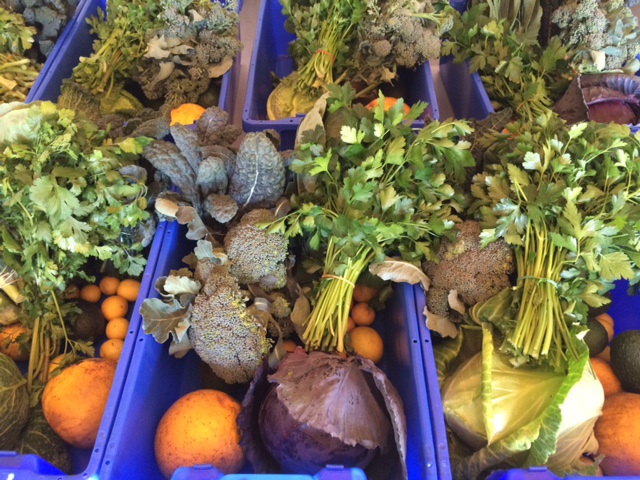
The greenhouse, which houses the aquaponics and vertical growing towers system, requires a considerable amount of electricity for continuous operation. In 2016, a solar panel was installed and provides power for approximately 50 percent of the electricity for the greenhouse. The solar energy system further enhances TGE-ERC’s mission of environmental sustainability by providing energy and resource conservation education to the community.
Funded by the Los Angeles County Productivity Investment Fund, the Aquaponics and Vertical Growing Towers System cost $50,000 for design and installation and it is projected to annually produce $25,000 of fresh, leafy greens for sale to community residents, and saves approximately $1,200 annually in water cost versus traditional in-ground crop production. TGE-ERC collected close to $25,000 in produce sales from September 2015 through December 2016. Water consumption is approximately 67% less than traditional in-ground growing, resulting in a savings of approximately 14,728 gallons annually. Fertilizer inputs were reduced by 75% as liquid fish waste provides the bulk of nutrients for plants in the system. The one-time costs of TGE-ERC total $131,000, but it is expected to produce about $25,000 annually in revenue with a cost savings of $14,200 per year.
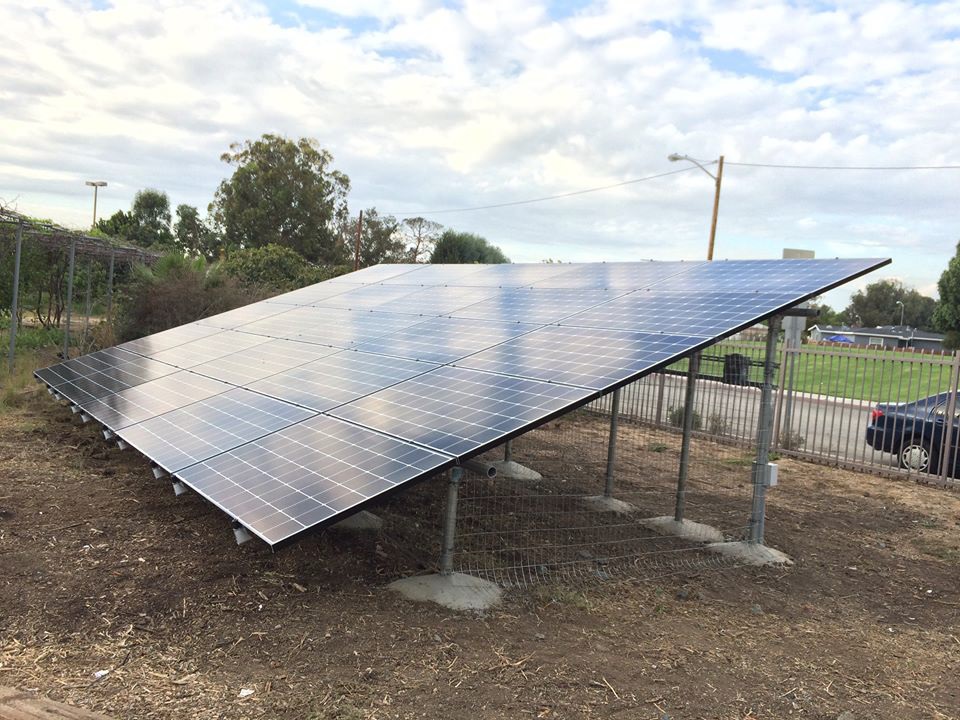
The State of California’s Natural Resources Agency funded the Community Food Forest, which cost $51,000 to design and install, and is expected to save in water consumption, fertilizer inputs, and reduce ongoing maintenance by $6,000 per year. The Food Waste Composting Program had no start-up capital costs due to collaboration with the City of Long Beach’s Office of Sustainability. The initiative is anticipated to save $2,000 in reduced soil amendment purchases. The renewable solar energy system cost $30,000, funded in part by a $15,000 Boeing Company Community Investor Grant and matched with $15,000 from Horizon Solar. The system is anticipated to offset electricity needs by 50%, with savings of $5,000/year.
Staff members actively pursue funding from government grants, private foundations, and fundraising for research on how to improve the systems for optimal production and to make the project financially sustainable. HACoLA plans to continue funding staff of TGE-ERC. As the TGE-ERC production becomes optimized and expands, production will scale up to offset portions of staff salaries. Operating costs are anticipated to go down over the years due to the newly installed renewable solar energy system.
The sustainable revenue generation and annual cost savings of TGE-ERC’s initiatives show great promise of replicability to other housing authorities, public housing communities, and public health departments. The challenges that TGE-ERC initially faced such as: vacant underutilized land; weak accessible and affordable local food system; lack of access, but a desire to have healthy food options; overflowing landfills; and lack of opportunities for underserved residents are present nationwide and makes replicability of TGE-ERC’s initiatives a real possibility.
More Articles in this Issue
- HD SUPPLY
Cutting the Cord: Preparing for the Next Wave of Window Coverings
Cordless blinds and shades have several features and benefits that have contributed to their growing… Award Winner: Consortium for Superior Service
The Fort Wayne Housing Authority (Ind.) developed the Housing Strategies Meetings from the Consortium to…Award Winner: A Proactive Discussion on Race
The Lake County Housing Authority (Ill.) developed a panel discussion where law enforcement officials, government…Cities 2030, Cities for All: World Urban Forum 2018
All NAHRO representatives personally funded their trip to the World Urban Forum. They did not…Innovation in the City by the Bay: The 2018 NAHRO Summer Conference
After an entire day of pre-conference committee meetings, Innovate 2018: IMAGINE officially began at 5:00…
